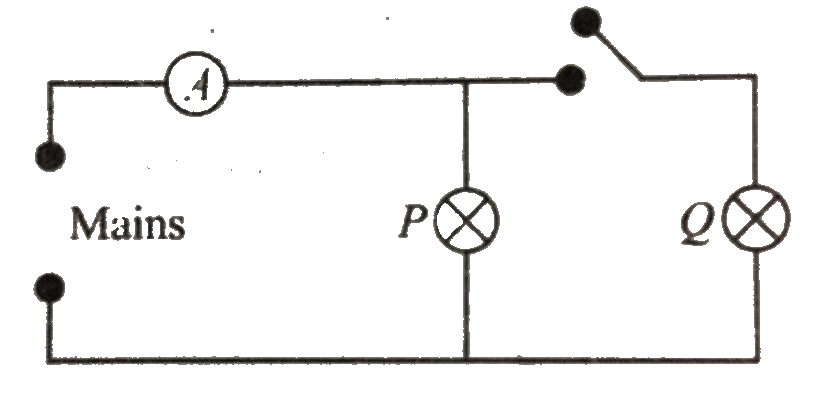A
B
C
D
Text Solution
Verified by Experts
The correct Answer is:
Topper's Solved these Questions
ELECTRICAL MEASURING INSTRUMENTS
CENGAGE PHYSICS|Exercise Multiple Correct|7 VideosELECTRICAL MEASURING INSTRUMENTS
CENGAGE PHYSICS|Exercise Assertion-Reasoning|7 VideosELECTRICAL MEASURING INSTRUMENTS
CENGAGE PHYSICS|Exercise Subjective|18 VideosELECTRIC POTENTIAL
CENGAGE PHYSICS|Exercise DPP 3.5|14 VideosELECTROMAGENTIC INDUCTION
CENGAGE PHYSICS|Exercise QUESTION BANK|40 Videos
Similar Questions
Explore conceptually related problems
CENGAGE PHYSICS-ELECTRICAL MEASURING INSTRUMENTS-Single Correct
- How will the reading in the ammeter A of Fig. 6.39 be affected if anot...
Text Solution
|
- A potentiometer is connected across A and B and a balance is obtained ...
Text Solution
|
- In the circuit shows in Fig. 6.41, the reading of the ammeter is (assu...
Text Solution
|
- In the circuit shows in Fig. 6.42, resistors X and Y, each with resist...
Text Solution
|
- In the shows arrangement of a meter bridge, if AC corresponding to nul...
Text Solution
|
- The length of a wire of a potentiometer is 100 cm, and the e.m.f. of i...
Text Solution
|
- In a meter bridge experiment, the null point is obtained at 20 cmfrom ...
Text Solution
|
- In the circuit, the galvanometer G shows zero deflection. If the batte...
Text Solution
|
- In a potentiometer experiment the balancing with a cell is at length 2...
Text Solution
|
- If in the experiment of Wheatstone's bridge, the positions of cells an...
Text Solution
|
- Sensitivity of potentiometer can be increased by
Text Solution
|
- The resistance of a galvanometer is 10 Omega. It gives full-scale defl...
Text Solution
|
- A milliammeter of range 10 mA has a coli of resistance 1 Omega. To use...
Text Solution
|
- Two cells of emfs E(1) and (E(2) (E(1) gt E(2)) are connected as shows...
Text Solution
|
- Figure 6.46, shows a wheatstone net, with P = 1000 Omega,Q = 10.0 Omeg...
Text Solution
|
- An ideal ammeter (zero resistance) and an idel voltmeter (infinite res...
Text Solution
|
- A constant 60 V dc supply is connected across two resistors of resista...
Text Solution
|
- Figure 6.49 shows a circuit that may be used to compare the resistance...
Text Solution
|
- In the circuit shown in Fig. 6.50, an idel ammeter and an ideal voltme...
Text Solution
|
- In which of the follwing arrangements of resistors does the meter M, w...
Text Solution
|
